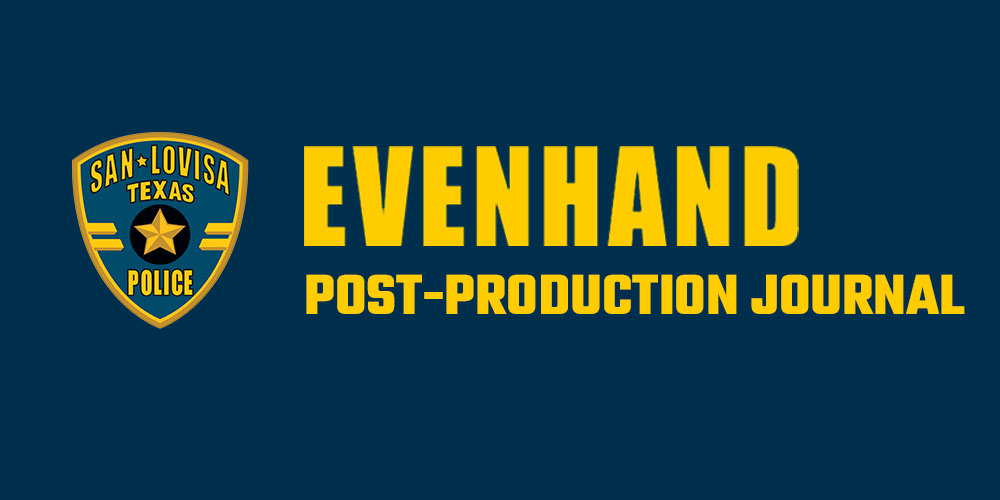
Here’s the file card version of EvenHand
At some point in the editorial process of every film I have ever worked on, every scene gets it’s own file card and they all go up on a wall or on a table somewhere. Numerous cigarettes are smoked, sometimes scotch is savored and always the little file cards are rearranged.
In an ideal world this would not be necessary. We always endeavor to get the script whipped into shape before rushing into production. A strange thing happens, though, especially with weird independent films. What reads as sublime and great on the page does not always translate to the screen. Transitions that work really well on paper sometimes just lie there on film. The director may have the utmost confidence on the set that the tone of one scene will logically lead to the next, but that doesn’t always work either.
As observed in earlier journal entries, EvenHand is a very episodic story. Several subplots involving different characters are woven together to create a tapestry that tells the story of Francis and Morning, two cops struggling to find their way in a difficult and stressful job. The success of each scene depends entirely on how it fits into the flow of the film. Scenes that worked perfectly on paper sometimes feel jarring if the actor’s performances are too up or down for what comes before and after. This is, of course, the director’s job: to make sure the actors are motivated by what comes before. But, sometimes subtle differences become glaring when it all comes together.
I remember an early conversation with the writer, Mike Jones, about the time-frame of the story. The original screenplay took place over a period of a couple of years. Francis got older, grayer, fatter and more worn down over the course of the story. My immediate reaction to this was that it would be a mistake. I knew even then that I would probably want to shuffle scenes around to some extent and that changes in make-up would inhibit that. I also knew that on a low budget shoot, its best to avoid any unnecessary time in the make-up chair, especially if we anticipated having a relatively inexperienced continuity person on set (which we did). One of the advantaqes of making a film with two guys in the lead is that the morning routine of make-up and hair is naturally much shorter than if we were making a film starring, say, a super model.
So, after we completed our rough assembly of the film the file cards came out and the scenes started getting shuffled around. We’ll see where it takes us in the coming weeks.
– Joseph Pierson



